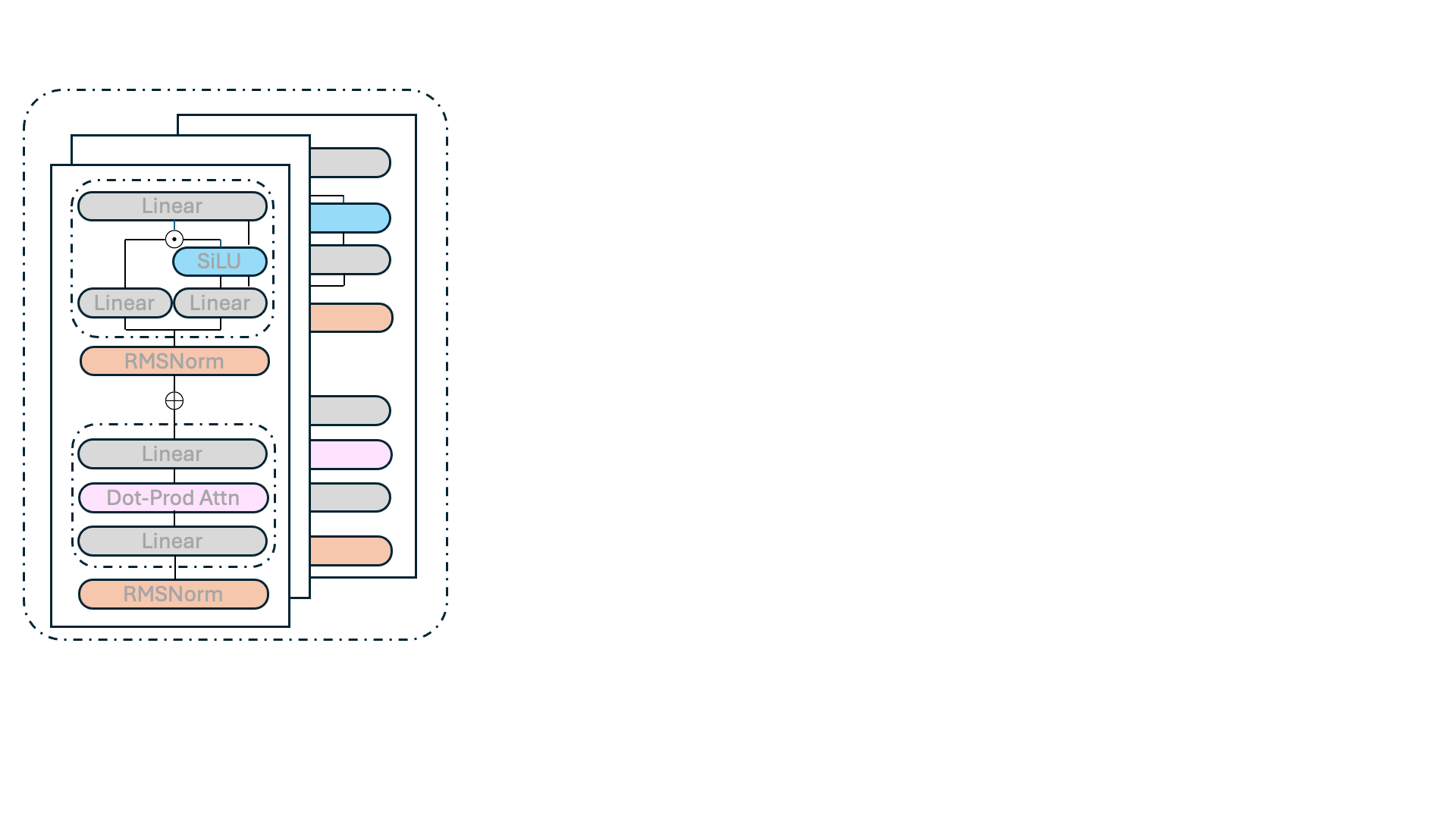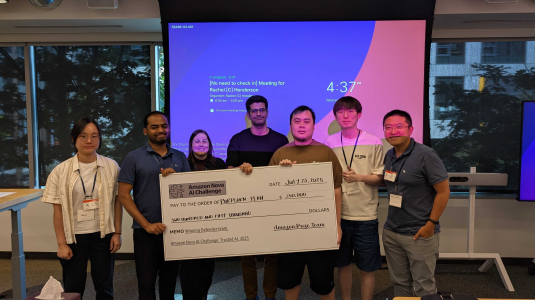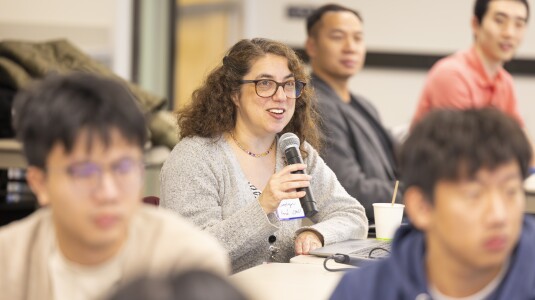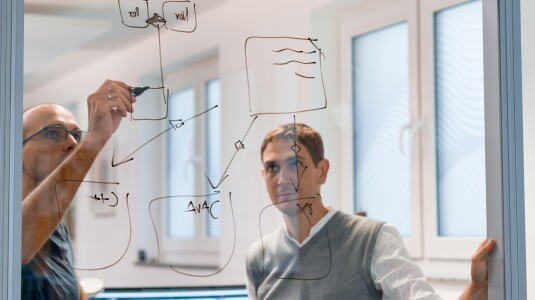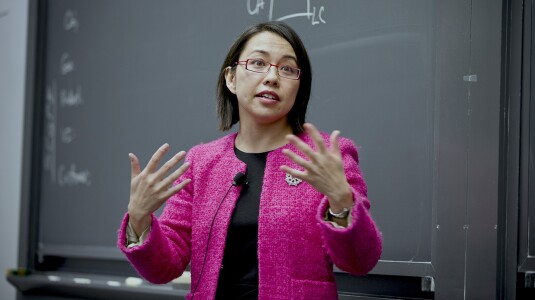Customer-obsessed science

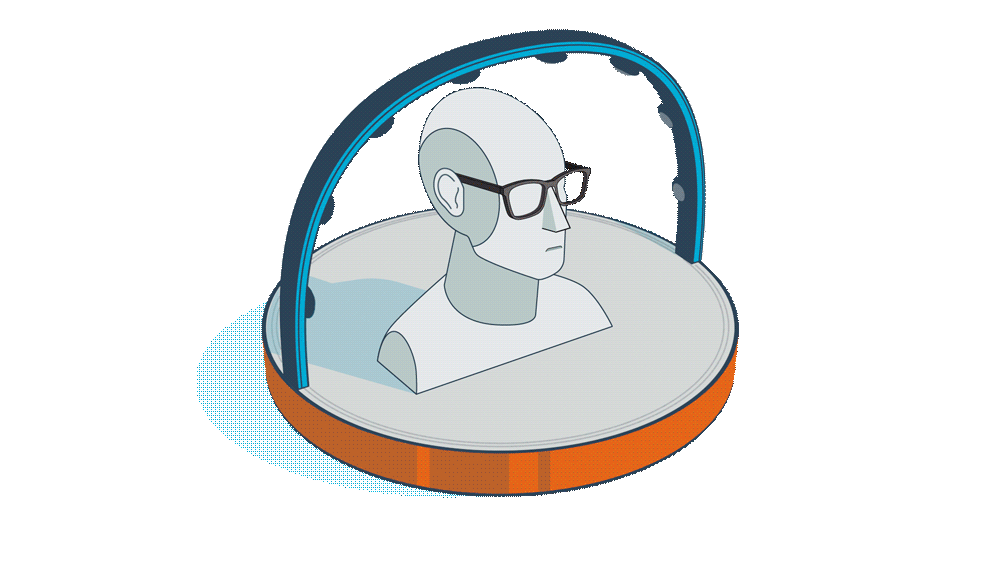
Research areas
-
August 8, 2025A new philosophy for developing LLM architectures reduces energy requirements, speeds up runtime, and preserves pretrained-model performance.
Featured news
-
EMNLP 20252025Large Language Models (LLMs) often suffer from mode collapse, repeatedly generating the same few completions even when many valid answers exist, limiting their diversity across a wide range of tasks. We introduce Group-Aware Policy Optimization (GAPO), a simple extension of the recent and popular Group Relative Policy Optimization (GRPO) that computes rewards over the group as a whole. GAPO enables learning
-
2025Large Language Models (LLMs) often generate responses with inherent biases, undermining their reliability in real-world applications. Existing evaluation methods often overlook biases in long-form responses and the intrinsic variability of LLM outputs. To address these challenges, we pro-pose FiSCo (Fine-grained Semantic Comparison), a novel statistical frame-work to evaluate group-level fairness in LLMs
-
2025Safety alignment approaches in large language models (LLMs) often lead to the over-refusal of benign queries, significantly diminishing their utility in sensitive scenarios. To address this challenge, we introduce FalseReject, a comprehensive resource containing 16k seemingly toxic queries accompanied by structured responses across 44 safety-related categories. We propose a graph-informed adversarial multi-agent
-
2025The proliferation of multimodal Large Language Models has significantly advanced the ability to analyze and understand complex data inputs from different modalities. However, the processing of long documents remains under-explored, largely due to a lack of suitable benchmarks. To address this, we introduce Document Haystack12 , a comprehensive benchmark designed to evaluate the performance of Vision Language
-
2025Graph-structured information offers rich contextual information that can enhance language models by providing structured relationships and hierarchies, leading to more expressive embeddings for various applications such as retrieval, question answering, and classification. However, existing methods for integrating graph and text embeddings, often based on Multi-layer Perceptrons (MLPs) or shallow transformers
Academia
View allWhether you're a faculty member or student, there are number of ways you can engage with Amazon.
View all


















